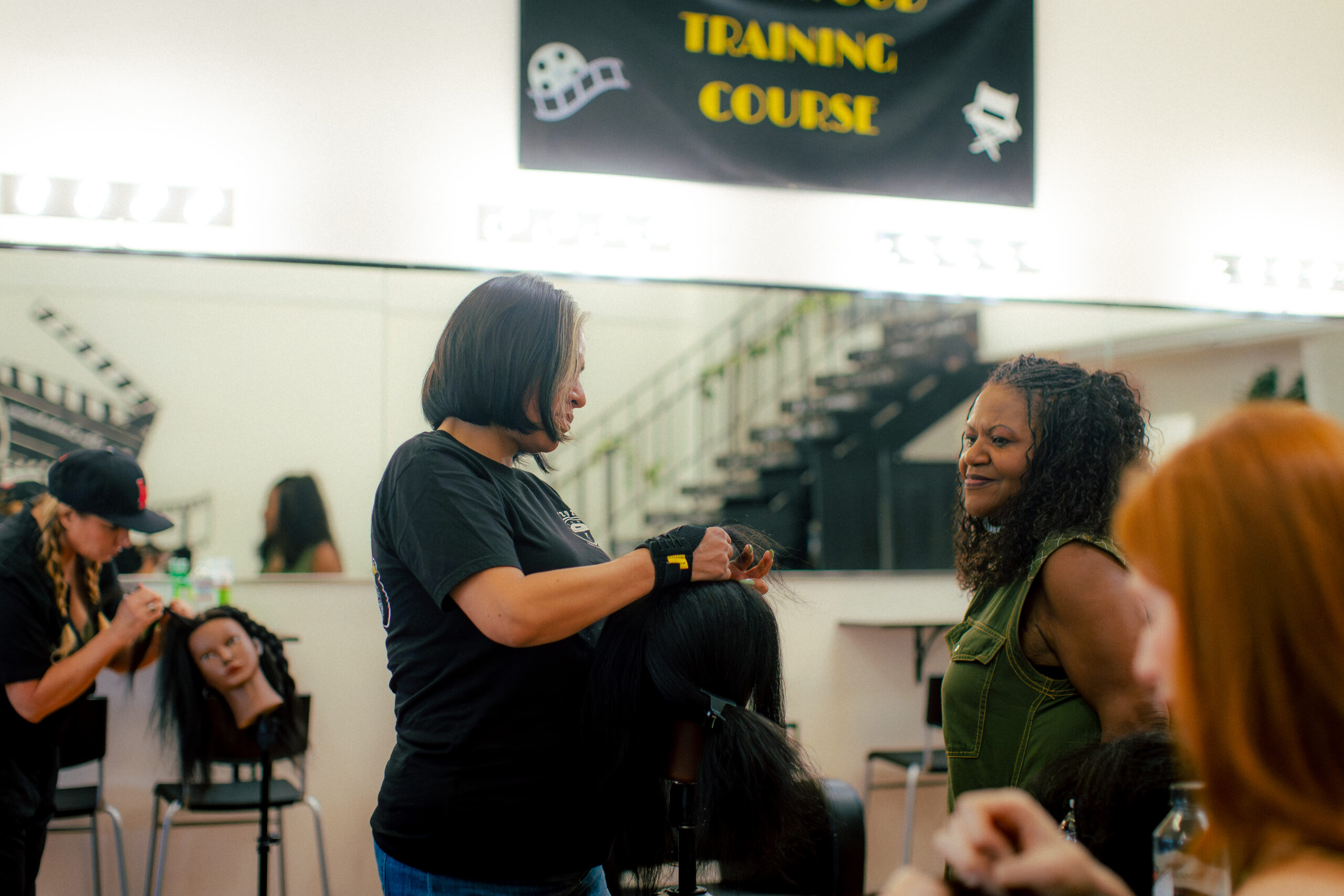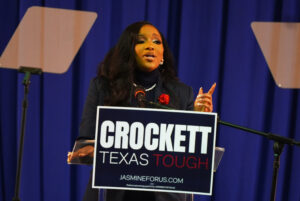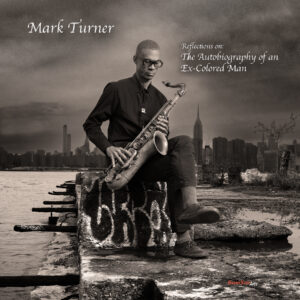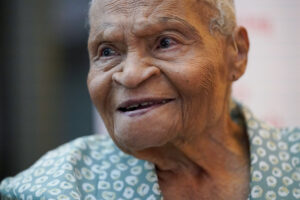LOS ANGELES — When Bria Brown asked her high school guidance counselor to enroll her in the school’s cosmetology licensing program, Brown says her counselor resisted.
“You’re a smart kid; you’re going to go to a real college,” the counselor said.
Brown enrolled at Temple University the following year, in 2017, and majored in psychology, but was shocked when a professor told her class: “You’re not going to make any money [in psychology].”
But Brown needed a career that was lucrative. As a result, she told her family in 2020, in the midst of the pandemic, “I’m going to drop out of college, but I am going to go to hair school eventually.”
And that is just what she did.
Brown is part of a growing number of high school graduates who are opting for trade schools instead of four-year colleges. The Education Writers Association (EWA) reported that from 2020 to 2023, trade school enrollment grew 4.9%, contrasted with a 0.6% decline in university enrollment.
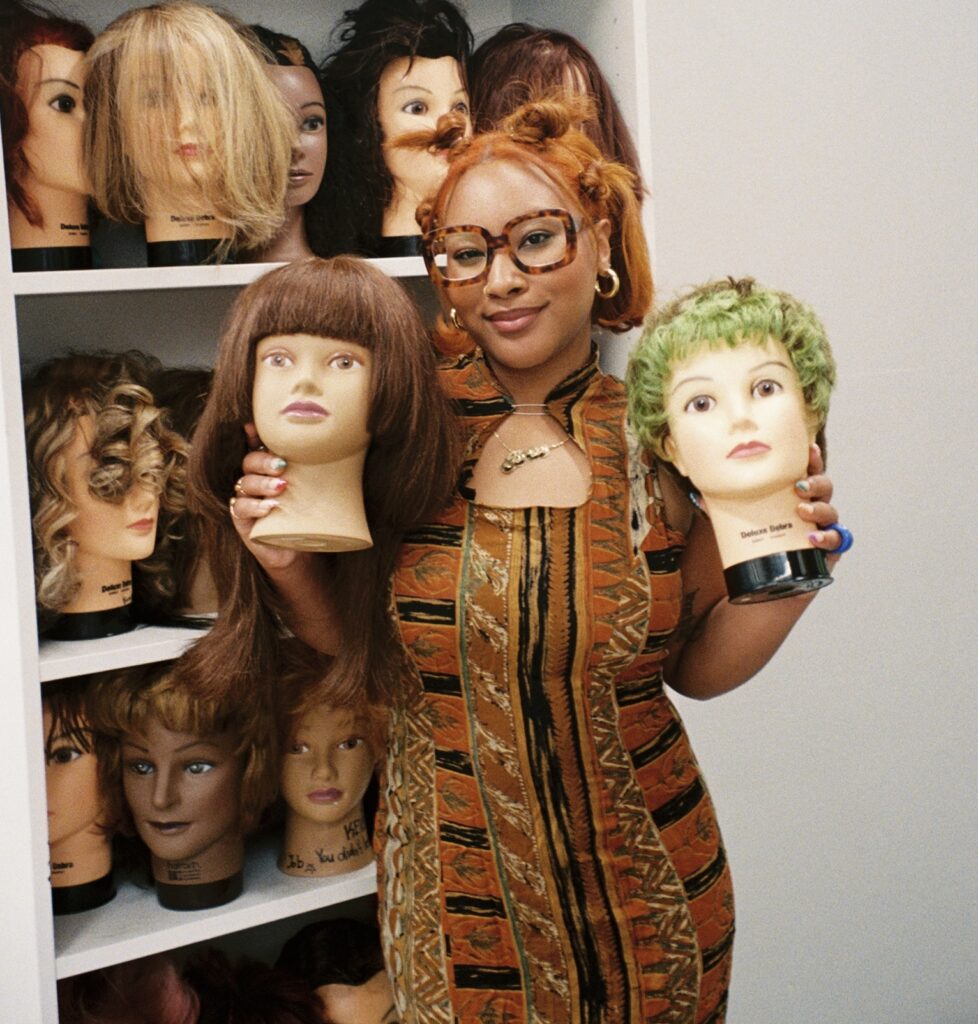
In April, President Donald Trump issued an executive order, “Preparing Americans For High-Paying Skilled Trade Jobs Of The Future,” to signal his administration’s commitment to Career and Technical Education (CTE) after high school. The following month, during a highly public battle with Harvard University, President Trump also threatened to divert federal funding from the Ivy League institution to trade schools across the United States. It’s unclear how the administration plans to shore up CTE training. (The White House did not respond to our request for a comment.)
Last year, the Education Writers Association also reported that amid increased enrollment in trade schools, trades in the beauty and wellness spheres “present significant growth opportunities.”
According to the U.S. Bureau of Labor Statistics, “Overall employment of barbers, hairstylists, and cosmetologists is projected to grow seven percent from 2023 to 2033, faster than the average for all occupations.”
In 2020, Brown moved from Pittsburgh to Los Angeles to start a career as a hairstylist. L.A., the home of Hollywood and sunny weather, seemed an ideal place to start her career.
California is home to hundreds of schools accredited by the California Board of Barbering and Cosmetology, which licenses and regulates the state’s barbering and beauty industry. Trade school programs in the beauty industry include cosmetology, esthetics, make-up artistry, nail care and more.
Brown delayed trade school for a few years due to the pandemic. She enrolled in the cosmetology program at Los Angeles College of Aesthetics in 2024.
Tanya Aguirre, provost of Los Angeles College of Aesthetics, says students like Brown think differently about their post-secondary education options than prior generations. For one, she said, many students today want “something that’s going to be a fast career.”
Finances are a factor too, according to Aguirre.
“Financially, the students are very smart,” she said. “They hear a lot about default rates and loan debt. They are in an era where they can just Google and get the answer: How long is it going to take me to finish a four-year college versus a one-year college? How much am I going to spend, versus how much am I going to be making?”
L.A. College of Aesthetics’s 1,000-hour cosmetology program costs approximately $17,000 and takes 10 months to complete. Graduates can start a job in the industry within a year if they successfully pass the state exam for their license. By contrast, undergraduate tuition at California State University costs more than $25,000 for four years, while undergraduate tuition at the University of California costs nearly $60,000 for four years for residents.
While entrance into the beauty industry can be fast and relatively inexpensive, industry leaders say growth and success require time, commitment, and continued education. In 2020, Rhonda O’Neal, an Emmy-nominated hairstylist, founded Beyond the Combs Academy, a Los Angeles-based non-profit designed to be “a hands-on hub for people that want to be in the [entertainment] industry or that are already in the industry.”
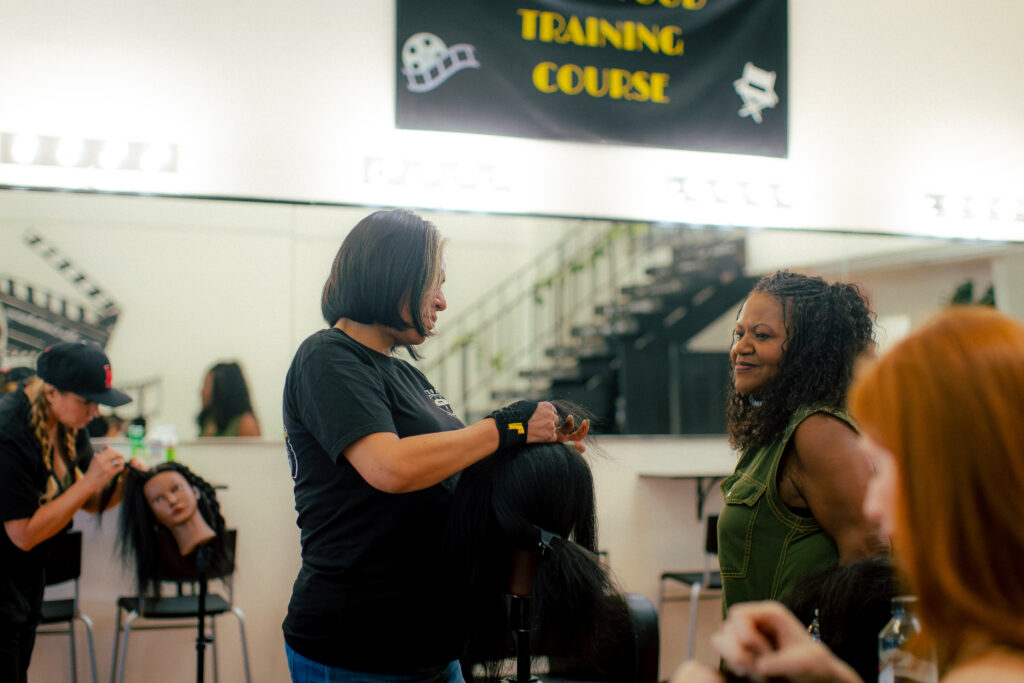
O’Neal is the former hair craft president of the Make-up Artist & Hairstylists Guild (IATSE Local 706), the labor union that represents beauty professionals for TV, film, stage, and digital media.
People from all over the world attend classes at O’Neal’s academy, including union hairstylists on shows ranging from ABC’s “Good Morning America” to Netflix’s “Bridgerton.”
“My most popular classes are the wig application class, my textured period class, as well as my barbering class for textured hair,” she said.
Beyond the Combs specializes in teaching beauty artists how to style textured hair and apply make-up on deeper skin tones—skills needed to serve all actors—but especially Black actors—on TV and film sets. The academy recently received a six-figure grant from the SAG-AFTRA Producers Industry Advancement and Cooperative Fund (IACF), to support its programs.
O’Neal says the grant will allow Beyond the Combs to provide “advanced, production-level training for hairstylists and makeup artists.”
O’Neal wants every Hollywood set to be able to cater to all hair types and skin tones. She also wants to teach aspiring beauty professionals the skills needed to gain membership into the sought-after union. O’Neal has been a member of IATSE Local 706 for more than 20 years. “Having three kids, I was able to have pension and health [insurance], a credit union, a 401k. I was able to have a retirement,” O’Neal said. “This journey that I’ve taken has been really good for me and my family.”
Similarly, working on Hollywood sets and owning a salon strengthened the financial footing of April Chaney, celebrity make-up artist and esthetician. When Chaney was trying to earn the hours needed to join IATSE Local 706, she trained as an esthetician at Academy of Beauty in Culver City, California, and opened Effleurage Beverly Hills, a luxury salon and spa.
Since then, Chaney has risen in the ranks professionally, eventually becoming the department head for make-up on ABC’s “Abbott Elementary.” She says union pay is lucrative.
“I don’t think any makeup artists in our union make less than a hundred thousand a year,” Chaney said. “I was able to buy a house and I wouldn’t be able to do that in L.A unless you have a job like this and have benefits.”
Chaney credits her father with aiding her success: “My dad always taught me to have multiple streams of income.”
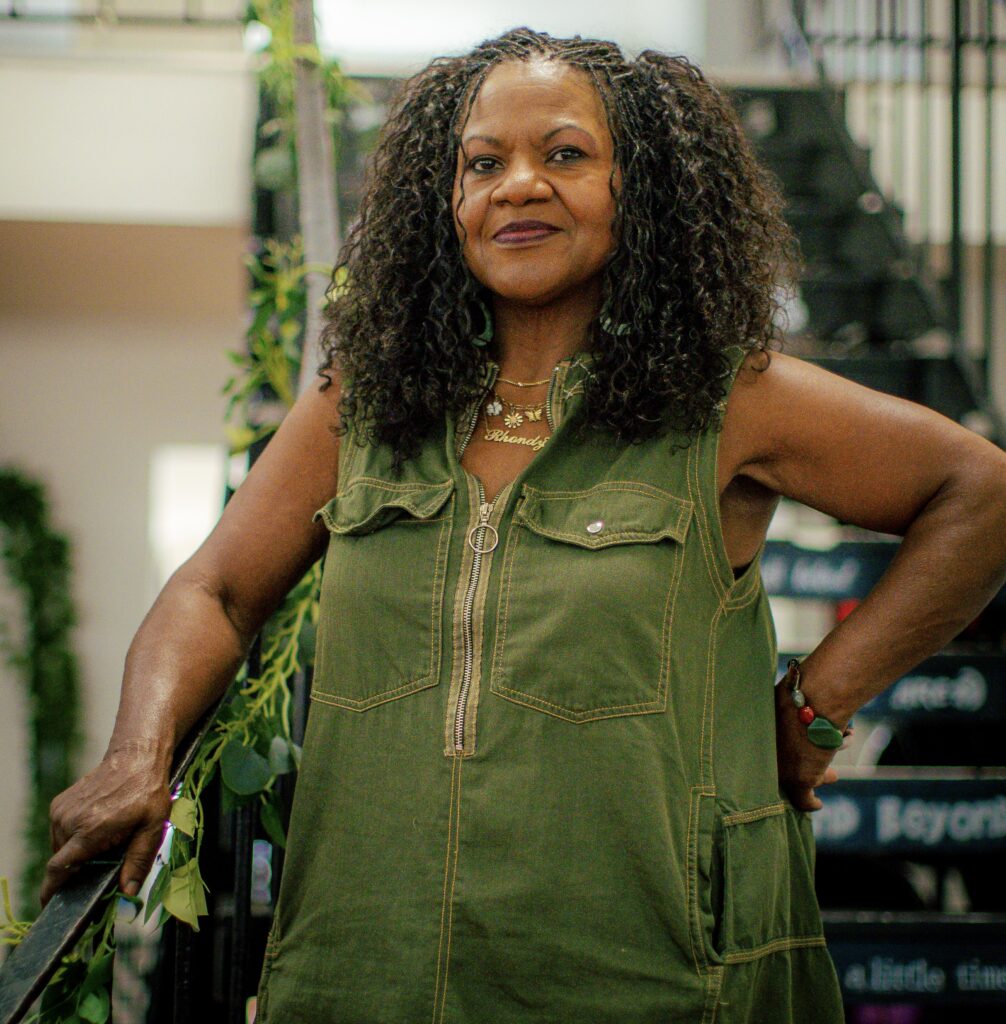
In keeping with his advice, Chaney also sells skin care products online and works as a “personal” make-up artist for celebrity clients like actor Terry Crews—when she’s available.
As increasing numbers of high school graduates choose trade schools—especially trades within the beauty industry—educational and career opportunities are abundant.
Brown graduated from L.A. College of Aesthetics last month and now works at a hair salon in Beverly Hills. Today, she’s learning the ropes, but tomorrow she hopes to open her own salon and style celebrities.
“I like the creativity that comes with styling,” Brown said.
Brown wants to stand on the shoulders of the beauty professionals who’ve come before her. Chaney and O’Neal are just two of them.
_____________________________________________________________________________
Reporting for this story was supported by the The Institute for Citizens & Scholars’ Higher Ed Media Fellowship.


